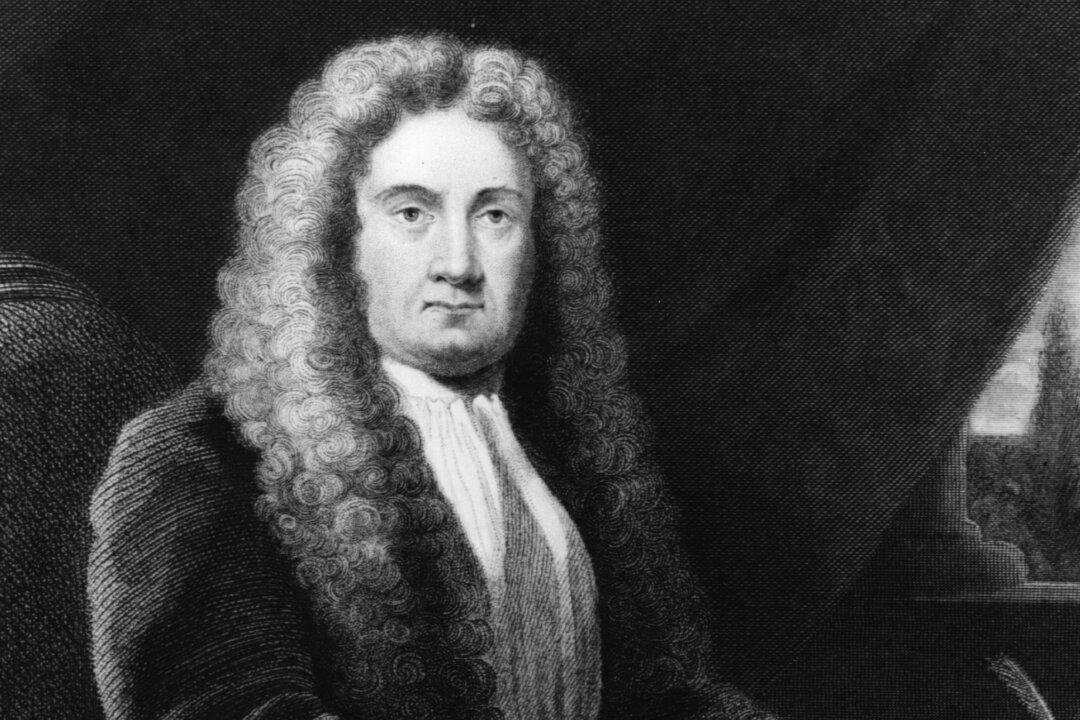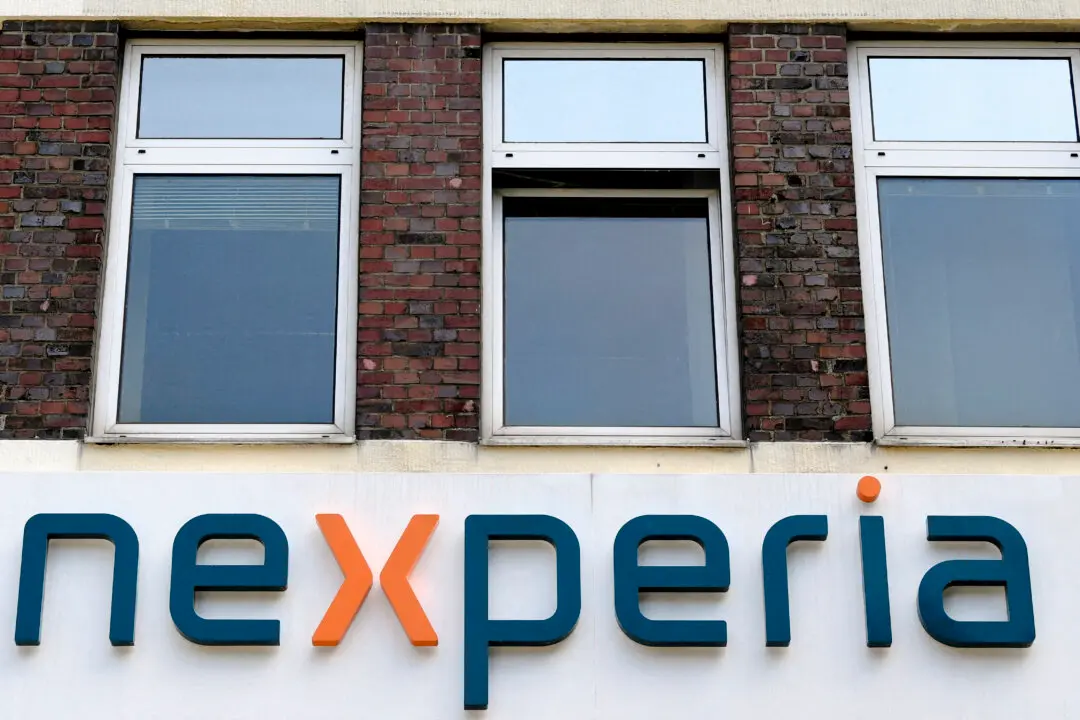The British museum is set to reopen on Thursday, after over five months of closure during the CCP virus pandemic—but with changes to displays to reflect the “exploitative context of the British Empire.”
A portrait bust of Sir Hans Sloane, the earliest founder of the British Museum, was taken off its pedestal and put into a display case in the Enlightenment Gallery with a label saying “slave owner,” The Telegraph reported on Monday.





